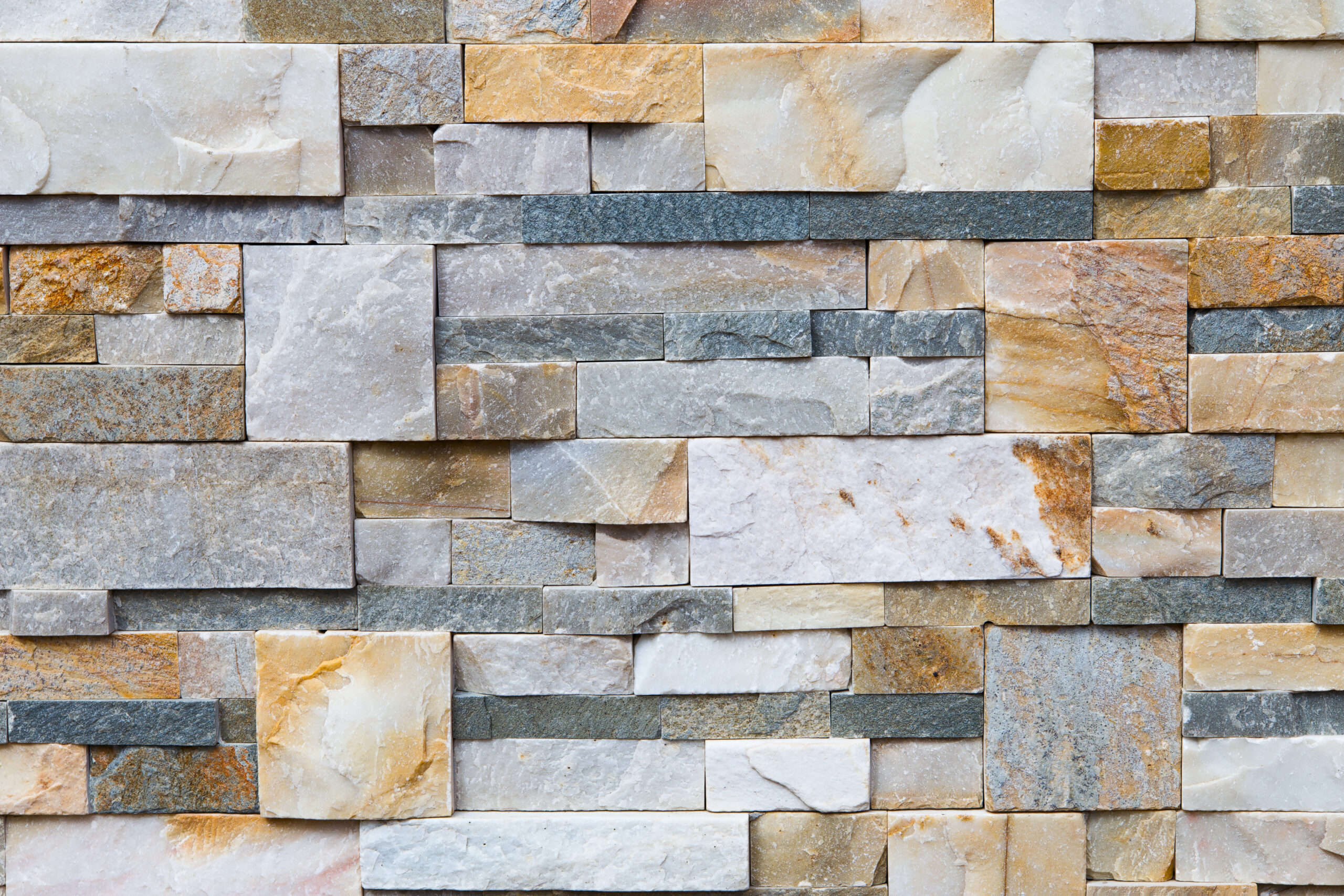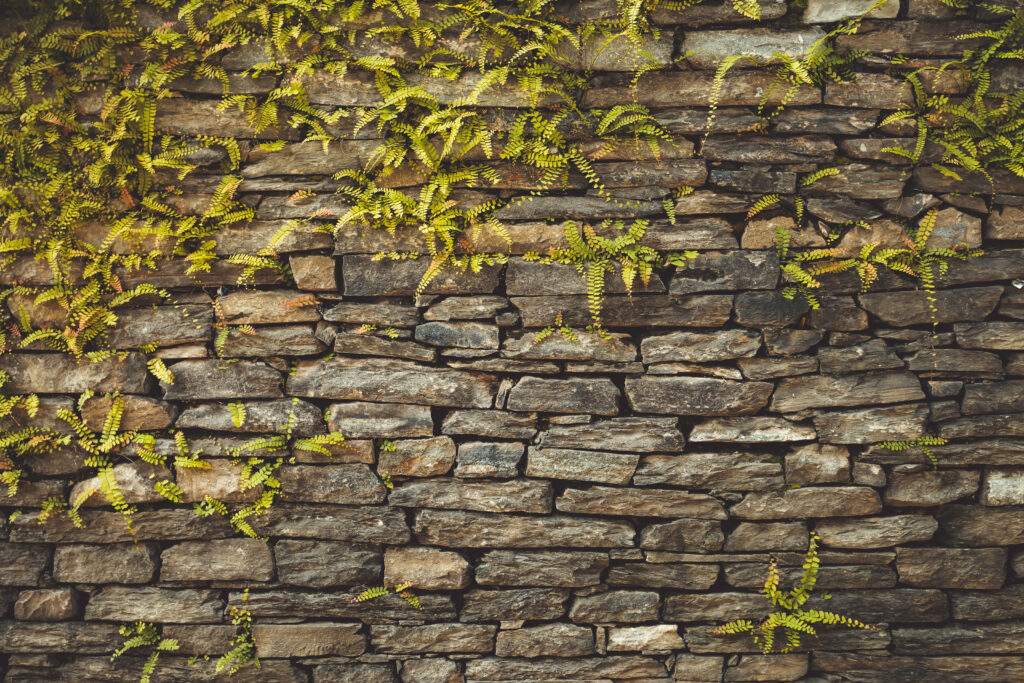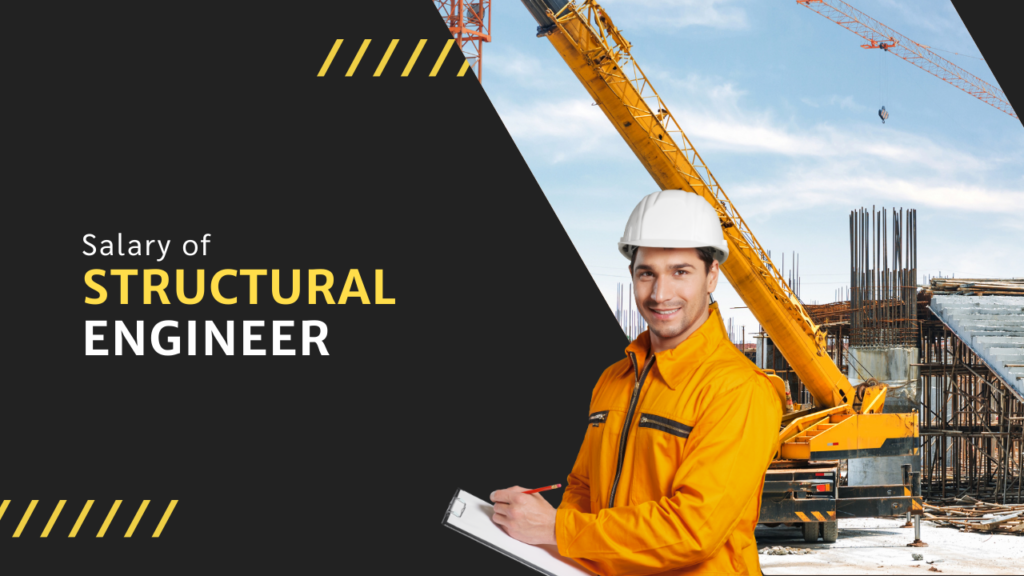Retaining walls is a vital component in numerous landscaping projects. They hold back soil on inclines, making level zones for patios, gardens, or extra building space. However, an ineffectively outlined retaining wall can be a blemish, inclined to disappointment, and costly to fix. This guide will prepare you with the information to plan and construct a retaining wall that’s both useful and physically pleasing.
Understanding the Basics
Before jumping into the plan, getting a handle on the essential concepts of retaining walls is important. Here’s a speedy rundown:
Purpose of Retaining Walls
Retaining walls are constructed to stabilize soil and prevent it from sliding downward under the force of gravity. They help to form the walls of basements, underground car parks, and metro stations, in towns and cities. They are often used in areas with significant elevation changes to:
- Prevent Erosion: Retaining walls stop soil from eroding, particularly during heavy rains.
- Manage Water Runoff: Properly designed walls control water drainage, preventing waterlogging and directing water flow.
- Create Usable Space: They can transform sloped areas into flat, usable land for gardens or patios.
- Aesthetic Enhancement: TRetaining walls add visual appeal to landscapes, providing structure and definition.
How do retaining walls work?
Retaining walls work by holding back soil or other materials at a steeper angle than they would naturally stand. They are designed to be strong enough to resist the sideways pressure exerted by the soil they are retaining.

Types of Retaining Walls
Several types of retaining walls can be used, each suited to specific conditions and purposes:
Gravity Walls
Gravity walls rely on their mass to resist the soil pressure behind them. They are often made of concrete, stone, or brick. The thickness of the wall increases with height to provide stability.
Cantilevered Walls
Cantilevered walls use a reinforced concrete base slab that extends back into the earth, providing leverage to hold back the soil. These walls are typically L-shaped and require less material than gravity walls.
Sheet Piled Walls
Sheet piling walls use thin steel, vinyl, or wood planks driven vertically into the ground. They are ideal for soft soils and tight spaces but are not suitable for high walls.
Anchored Walls
Anchored walls use cables or other supports anchored in the rock or soil behind the wall. This design provides additional strength and is used for very high or heavily loaded walls.
Reinforced Soil Walls
Reinforced soil walls use layers of geotextiles or geogrids within the soil to provide reinforcement. These walls are flexible and can accommodate slight movements without cracking.
Key Design Considerations
Site Analysis
A thorough site analysis is essential for a successful retaining wall design. Factors to consider include soil type, slope gradient, water drainage, and potential load on the wall. A geotechnical engineer can provide valuable insights during this stage.
Need help with a thorough site analysis for your retaining wall? Our team is here to help. Reach out to us!
Materials Selection
Choosing the right materials is crucial for both functionality and aesthetics. Common materials include:
- Concrete: Concrete retaining wall designs are durable and versatile, suitable for most wall types.
- Stone: Stone retaining wall designs offer a natural look and excellent strength.
- Brick: Brick walls provide a classic appearance but may require more maintenance.
- Timber: Timber wall designs are good for temporary or low-height walls, but less durable.
- Gabion: Wire cages filled with stones, offering flexibility and permeability.
Drainage
Proper drainage is vital to prevent water pressure buildup behind the wall, which can lead to failure. Design elements to consider include
- Weep Holes: Small openings that allow water to escape.
- Drainage Pipes: Installed behind the wall to direct water away.
- Backfill Materials: Free-draining materials like gravel should be used behind the wall.
Structural Stability
Ensuring the wall’s stability involves considering the following:
-
- Foundation: A strong foundation is critical to prevent settling and movement.
- Reinforcement: Use of steel bars or geogrids to provide additional strength.
- Wall Batter: Slightly leaning the wall back into the slope improves stability.
Aesthetic Integration
A well-designed retaining wall should blend seamlessly with its surroundings. Considerations include:
-
- Texture and Color: Match the wall materials to the existing landscape.
- Plantings: Incorporate vegetation to soften the wall’s appearance and enhance its visual appeal..
- Terracing: Create multiple levels for a more dynamic and interesting landscape.
Steps to Better Retaining Wall Design
Define Your Project Scope
-
- Determine the wall’s reason desired tallness and length, and any expected loads it will require to bear.
- Consider how the divider will coordinate with the encompassing scene and any existing structures.
Investigate Your Soil Conditions
Understanding your soil sort (clay, sand, etc.) is crucial for creating a wall that can withstand the weight it will apply. A soil test can be fundamental to deciding its composition and bearing capacity.
Choose the Right Wall Type and Material
Based on your venture scope and soil conditions, inquire about the most appropriate sort of retaining wall and material. Consider components like taking a toll, ease of development, and craved aesthetics. Here, investigating concrete retaining wall design alternatives might be a great fit for your project.
Comply with Local Standards and Specifications
Ensure your retaining wall design follows any pertinent retaining wall design Australian standards or retaining wall specifications set by your nearby building specialist. This will ensure your wall meets security and design requirements.
Seek Professional Help for Complex Projects:
For retaining walls surpassing a certain height, complex soil conditions, or ventures with complex structural contemplations, counseling a qualified builder is exceedingly recommended.
Enhancing Your Retaining Wall Design.
While usefulness is vital, your retaining wall can also be an appealing expansion to your scene. Here are a few tips for improving the aesthetics of your design
Material Selection
Consider materials like normal stone or precast concrete pieces with a finished wrap-up to include visual intrigue, particularly when investigating concrete retaining wall design options.
Incorporate Lighting
Deliberately set lights can add visual appeal and improve nighttime security around the wall.
Plant Integration
Utilize plants and blooms deliberately to mellow the look of the wall and make an agreeable mix with the encompassing landscape.
By taking after these rules and considering all the vital variables, you can design a retaining wall that not only fulfills its functional reason but also gets to be a wonderful and enduring feature of your property. Keep in mind that counseling an expert for complex projects is continuously prudent to guarantee basic integrity and security.
Conclusion
Retaining wall design is a science and craftsmanship in which numerous perspectives must be carefully taken into account to ensure both functionality and stylish appearance.
You may construct a retaining wall that progresses your scene and increases the esteem of your property by learning about the capacities and assortments of retaining walls, doing a comprehensive location overview, choosing the right materials, and making sure there is no doubt that fundamental waste and structural stability are met. Your wall’s tasteful request will increase if you carefully consider the materials, lighting, and plantings that complement it.
It is strongly recommended to counsel an expert for complex projects or those that outperform a particular height to guarantee basic integrity and compliance with metropolitan standards. Holding well-designed walls not only fulfills a useful requirement but also includes magnificence and toughness to your home.
Our retaining wall specialists can ensure a safe, long-lasting
solution for your property. Contact us for a consultation!





